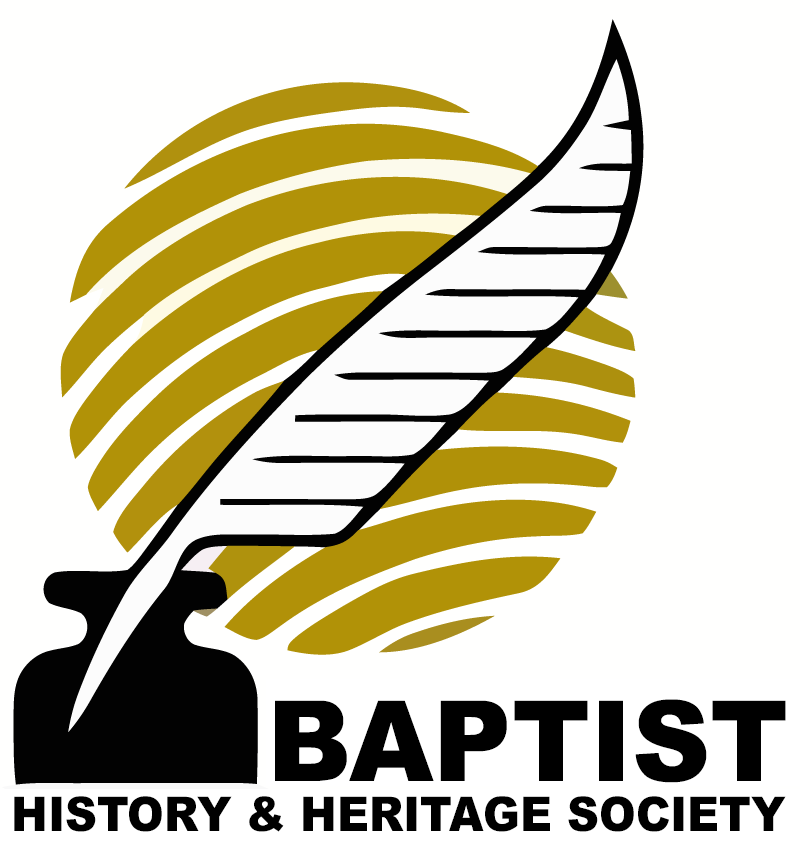Congregational Self-Identity: Part 3 of 4
A SURVEY-BASED ASSESSMENT OF CBF CHURCHES
Part Three: “Core Messaging: Worship, Preaching, Ministry and Missions”
by Bruce T. Gourley
In the fall of 2013 the Baptist History and Heritage Society in partnership with the Eula Mae and John Baugh Foundation and the Cooperative Baptist Fellowship conducted a congregational identity survey to which individuals from 78 Cooperative Baptist Fellowship congregations in 14 states responded. This 2014 non-scientific survey asked open-ended questions, prompting responders to speak freely. This series of articles is an interpretive analysis of survey responses.
Cooperative Baptist Fellowship Baptists, anchored in the American South, appear to view themselves as the “other” in a land of biblical literalism, great poverty and income inequality, dominantly conservative politics, widespread racial segregation and low levels of education. This otherness is expressed in self-perceptions of Baptist identity at the congregational level in the form of certain traditional Baptist principles which run counter to the current fundamentalist theology that is predominant among white Christians of the South: namely, local church autonomy, priesthood of all believers, religious freedom/liberty for all, church state separation, bible freedom and individual freedom of thought.
In addition to reflecting on congregational identity from the perspective of Baptist principles, respondents to the congregational identity survey were asked a question designed to gauge congregational identity as reflected within church practices, namely:
“What does your congregation’s worship style, preaching ministries and mission activities say about your congregation’s identity?”
As with other survey questions, respondents were provided a blank box in which to freely address the query. Answers were then analyzed by placing similar responses into affinity clusters. In the responses to this query regarding church practices, the top five affinity clusters varied notably from the top five affinity clusters garnered by the more philosophical query of the congregational embodiment of “Baptist tradition.”
Minus the prompting terminology of “Baptist tradition” (or even the word “Baptist”) within the question, respondents identified missions as the identity marker most evidenced in congregational activities. The terms “mission” and/or “missionary” were listed more often than was “missional” language, the latter being terminology introduced in Baptist life only in recent decades. The dominant descriptor “community” in describing the mission/missional emphasis was voiced by nearly 1/3 of respondents. (On the other hand, this broad emphasis on missions barely made the top five list of Baptist traditions embodied within congregational life.)
The second most mentioned congregational identity marker evidenced in congregational activities revolved around the use of the word “traditional” as related to worship practice. The simple designation of “traditional” as descriptive of worship was most often employed, although many respondents offered qualifiers, including the most common phraseology, “traditional and contemporary.” Other phrases included: “Charleston tradition” (a reference to formal worship as historically modeled by the First Baptist Church of Charleston, South Carolina), “tradition and innovation,” and “traditional hymns.” Additional responses in this cluster evoked traditional worship via terminology such as “old-fashioned,” “robed choir” and “pipe organ.”
Ranking third among responses was the use of the word “Baptist.” Approximately 1/4th of respondents mentioned the term in describing identity evidenced within congregational activity. In addition to writing the term in stand-alone fashion, other responses included: “Baptist traditions,” “Baptist freedoms,” “Baptist and ecumenical,” “moderate mainstream Baptist traditions,” “FBC,” “Baptist Christians,” “Baptist distinctive” and “historically Baptist.” Many respondents essentially described the “worship style, preaching, ministries and mission activities” of their congregations as both “Baptist” and other, with other being the more typical conservative to fundamentalist expressions of the Baptist faith found among white Baptist congregations of the South.
The fourth largest affinity cluster of responses focused on worship. Expressing similarities and contrasts, and inevitably overlapping with, the “traditional” nature of worship (see above), some 16% of respondents utilized the word “liturgical” (either by itself or with qualifiers) in describing congregational worship. Whereas “traditional” worship practices seemingly invoked historical norms in Baptist life, “liturgical” seemingly pointed to a growing new norm in moderate Baptist life of worship based on the liturgical calendar. Taken together, the high ranking of these terms in describing moderate Baptist congregational worship point to a frequent blending of traditional Baptist practices with larger Christian traditions.
“Preaching” was the focus of the fifth largest affinity cluster. The preaching event has always been important in Baptist life, and survey responses indicate that moderate Baptists are quite diverse in their views of the practice of preaching as a marker of congregational identity. No one response utilizing the word “preaching” garnered more than three mentions, although collectively the following represented about 15% of respondents: “preaching,” “interactive preaching,” “expository preaching,” “preaching is short,” “narrative preaching,” “conversational preaching,” “inductive preaching,” and “conservative preaching.” The varied descriptors paired with “preaching” may well reflect the great diversity in preaching styles found among moderate Baptist preachers, as well as individual preferences among church members at large.
The next five largest affinity clusters of responses pertaining to congregational identity as discerned through church practices are, in order:
- “children” (typically referring to children’s ministries)
- “diversity” and “diverse” (paired with various descriptors including political, theological, racial and socio-economic)
- “progressive” and “progressive theology“
- “scripture” and “bible” and “biblical” (typically referring to the study or teaching of scripture)
- “Christ” (primarily “presence of Christ,” explicitly CBF terminology)
Taken collectively, the top ten affinity clusters in response to the question of congregational identity as revealed in the practices of “worship style, preaching, ministries and mission activities” indicate that moderate Baptist congregations in practice are a blend of the past and the present, while their activities are also prone to frame their Baptistness against popular conceptions of Baptists and/or alongside broader Christian traditions. In addition, survey responses hint that the name “Baptist” is less important than congregational missions and worship. Part Four: Congregational Witness: Proclaiming the Good News
